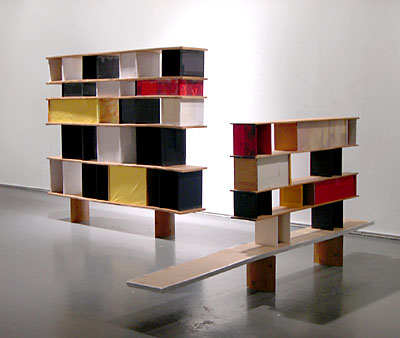Alexander Calder
Kinetic art marked an important revival of the tradition of Constructivism and Dadaism. Kinetic means movement and that is exactly what kinetic art is. Kinetic art was made to encourage people that art doesn’t always have to be traditional, but instead optical illusions or objects that move. Kinetic was soon split into two groups Jean Tinguely who made mechanical movement art and Victor Vasarely was more interested in optical illusions and illusion movement. These two artists brought the two different parts of kinetic art together and made them so special.Victor was taught in Bauhaus ideas and founded optical illusions. He created it by mixing black and white in different patterns to create a flickering look. Then the start of the creation of mechanized movement began. They used normal movements to examine objects in outer space. They also used geometric shapes to make them have a sense of shape. These mechanical movement machines would move by hand or air. Although ostensibly fascinated by machines, some Kinetic artists developed a profound interest in analogies between machines and human bodies. Rather than regarding machines and human bodies as radically different - one being soulless and functional, the other being governed by the sensitive, rational mind - they used their art to suggest that humans might be little more than irrational engines of conflicting lusts and urges, like a dysfunctional machine.

''To me art is a form of manifest revolt, total and complete.''
Jean Tinguley


